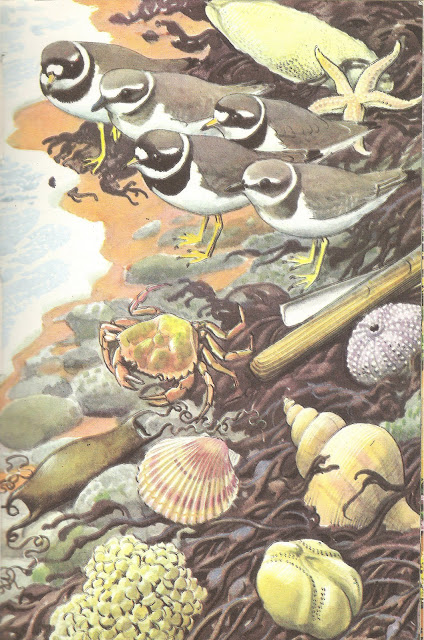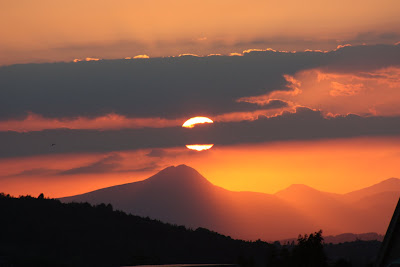We've just been in Corsica for a 12 day holiday where, it seems, you could walk from one side of the island to the other on the backs of lizards - they are everywhere. And they have the decency to sit still while you photograph them (sometimes). And lizards weren't the only reptiles we saw (as you'll see later)... Seeing lizards in profusion is one of the novelties of travelling to warmer climes, as far as I am concerned. We have three species of lizards in Britain - the common lizard, the sand lizard and the slow worm (which looks a bit like a snake but is actually a legless lizard), but in order to see them, you have to work at least a little bit hard. In Corsica, they are just everywhere, in gardens, out on paths, up walls, everywhere! Incidentally, we also spotted geckos a couple of times, but they proved impossible to capture on camera! Here are some of the more obliging reptiles of Corsica...
 |
| Ths is the Tyrrhenian Wall lizard, Podarcis tiliguerta, endemic to Corsica and Sardinia only. And it was EVERYWHERE we went on Corsica. You can find out more about them here, on an excellent site about the reptiles and amphibians of France. |
 |
| Yet another Tyrrhenian Wall lizard, this time showing some beautiful colouration. Also, if you double-click on the photo, you can take a closer look at the beautiful pattern of plates on the head. |
 |
One of our natural history aspirations for this holiday in Corsica was to see tortoises, as we'd managed to do in the wild on the Peloponnese peninsula in Greece previously (even rescuing one that was about to be crushed by a speeding builder's van!). Corsica has one native land tortoise, Hermann's Tortoise, Testudo hermanni, and a native terrapin, the European Pond Terrapin (Emys orbicularlis). The terrapin can be seen quite widely in Corsica, although we didn't spot it on our journey. But Hermann's Tortoise, although found throughout the Balkans and on several of the larger Mediterranean islands, has declined dramatically on Corsica over the past decade as a result of habitat loss, brush and forest fires (a major blight on Corsica anyway) and from competition from aggressive non-native Florida Turtles. This sign above is for one of the two tortoise breeding and release centres on Corsica (this one near Moltifao) which are aiming to reverse the decline. |
 |
| And here is the Hermann's Tortoise conservation effort in action. And a noisy little action it is too. Although I had to admire the stamina as it does go on a bit! |














































